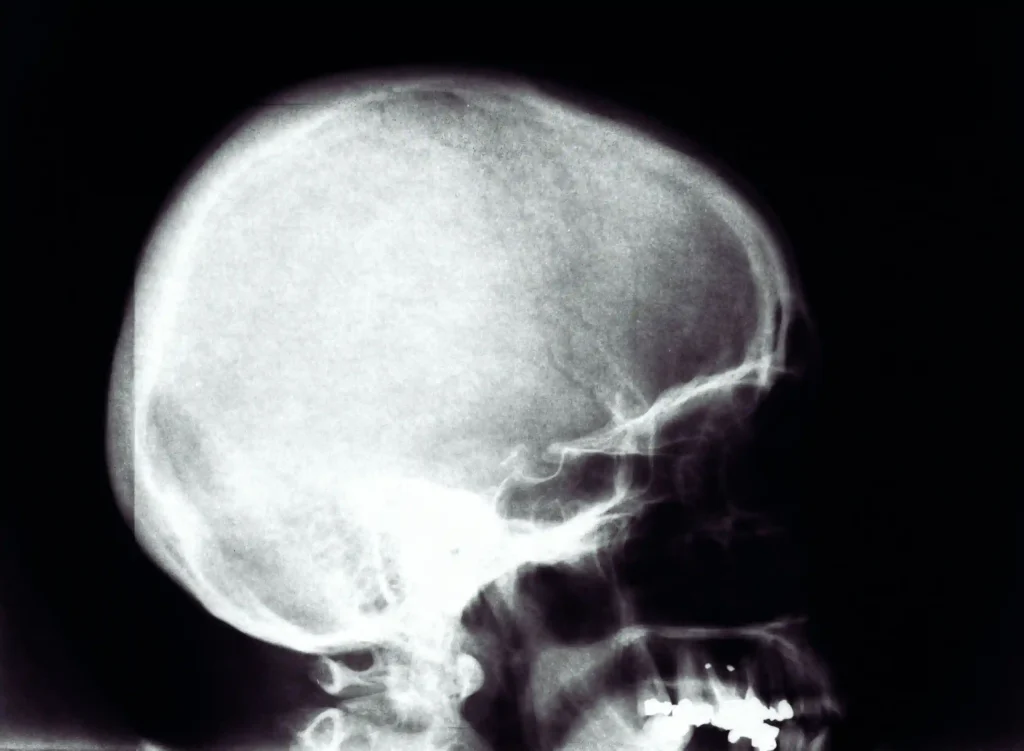Research has found that concussion can be categorized into 5 different subtypes depending on a patient’s profile of signs and symptoms. The concussion subtypes are as follows: Vestibular, Ocular, Migraine, Cognitive, and Anxiety/Mood. There are also two modifying factors which can affect all the other 5 types and they are: Sleep, and the neck.
Vestibular– when the vestibular system becomes dysfunctional after a concussion it leads to symptoms that can be described as dizziness, vertigo or spinning, lightheadedness, restlessness, disequilibrium, imbalance, or a feeling of body motion that can go up, down, forward, backward, left, right, or any other direction. For an explanation of what the vestibular system is and how it works, click here.
A concussion trained vestibular physical therapist uses well known and researched therapies to target the vestibular system to create what is known as adaptation, substitution, or habituation, and whose goal is to make you feel better.
Ocular/oculomotor– this means the visual system and the movements of the eye. These functions can become impaired and frequently do after concussion. This can make reading difficult, as well as driving, watching movies, grocery shopping, or tolerating any amount of visual motion or light.
A concussion trained vestibular physical therapist uses eye exercises and even visual exercises to gradually build a patient’s tolerance up to visual motion and light sensitivity.
Research has found that over 60% of concussion patients experience one or both of these two subtypes, meaning the majority of concussion patients have symptoms that can be helped by a concussion trained vestibular physical therapist.
Migraine- this is a common complaint after concussion as well that can be helped quite often by techniques called manual therapy, or the use of the hands to make changes in the ‘soft tissues’ of the body. The neck frequently is injured due to whiplash along with concussion which can irritate the soft tissues of the neck and cause headaches or migraines. The neck must be addressed even if headache is not the main concussion subtype. For more on the importance of the neck in concussion, click here.
Cognitive- while a concussion trained vestibular physical therapist does not profess to work exclusively on this subtype of cognition, something that normally falls in the realm of neurocognitive therapy, they do use tools whose goal is to affect cognitive domains including attention, memory, and executive functions. Simple games and challenges will ‘exercise’ the parts of the brain that are dysfunctional after concussion with the goal being to improve these deficits. They will also often co-manage this domain with highly trained neurocognitive psychologists if necessary.
Anxiety/Mood- this is the emotional domain. The concussion trained vestibular physical therapist will comanage often with psychotherapists and psychologists who utilize Cognitive Behavioral Therapy, and other types of therapies.

